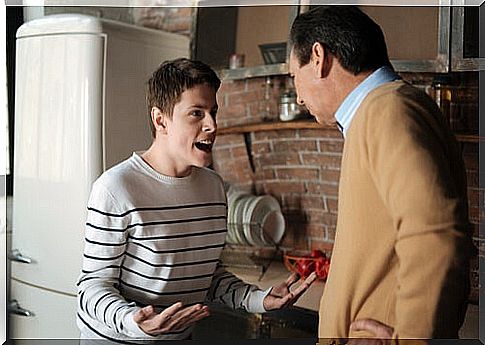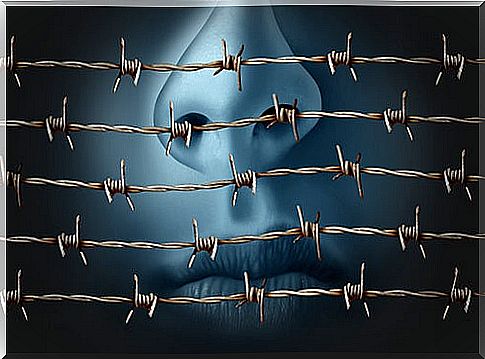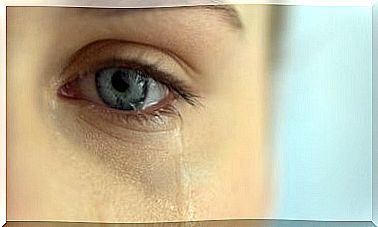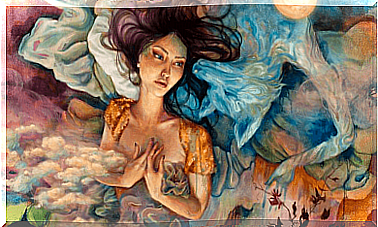Keys And Advantages Of The Ballast

If someone pressures you to act in a certain way without considering your will, your reaction will probably be to refuse, or to do the opposite. This is what is called reactance. It is a resistance to pressures that do not respect our freedom of choice and are imposed, either through behavior or ideas. That is when it usually appears in all its expression.
Reactance is very common in children and especially in adolescents and it is popularly said “rebellion”, before the norms or codes established by the family, school, society, etc.
In some cases, reactance can be useful, since following the rules implies an effort (getting to school early, doing homework, tidying up the room, etc.), which is greater than not doing it and being opposed (sleeping more, not study, leave everything lying in the room).
How to deal with reactance

Parents and educators must confront youth reactance and enforce the rules. The “secret” is that it does not seem like an order, but rather to seek the most original, didactic and “gentle” way possible to avoid rejection.
Adults need to take into account that reactance is an emotional and often unconscious reaction that leads to contradicting the rules imposed by someone who “rules more”. The rejection can increase even more if a faulty persuasion is carried out or even more if punishment is threatened.
The reactance, in turn, is to think that the laws are unjust and has achieved many youth and student movements. One of the best known was the group of students who in May 1968 launched their slogan “Forbidden to prohibit.”
In reverse psychology, the technique or reactance effect is usually used to influence people, doing exactly the opposite of what is requested. If your desire is for a close person to go with you to a place, instead of “forcing” him to do it, you tell him that he better not go, because you prefer to go alone and not be bothered. It is more than likely that he decides to accompany you, just to “contradict you.”
Reactance manifestations

Reactance is more likely to appear in people who suffer or suffered some type of abuse, psychic or physical, as a logical protective reaction, although it may also happen that they do what is asked out of fear.
In other circumstances, it may appear as a way of opposing what is established. This is more “popular” in cities, because there are more signs and regulations to comply with. Graffiti can be seen as a way of expressing reactance, for example. However, in cases of breaking public heritage or facilities, the lure of morbidness is added.
Reactance and advertising
Reactance theory is made up of four main elements: the threat to freedom; perceived freedom; the rejection of norms and the restoration of free will. Reactance appears quite a bit in advertising campaigns.

Some years ago, the campaigns against tobacco, drugs and alcohol stressed that this was prohibited from a negative point of view. The message, then, was based on what could not be done, was not allowed, was not suitable.
A behavior or an attitude was censored. Which it was the result? Many young people start smoking when they ask themselves what is this that they prohibit so much? Many people see attractive what cannot be done or is forbidden.
Today advertising has changed the message a lot and focuses on communicating the risks and consequences of certain behaviors such as smoking or driving if you drink. They show alternatives to these attitudes with phrases such as “being fashionable does not mean it is good for you” or “fun does not depend on how much you drink each weekend.”
That is, they focus on the message of raising awareness and not on prohibition. In this way, better results are achieved and adolescents who are really aware of the prejudices of certain habits.









